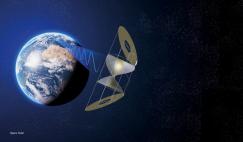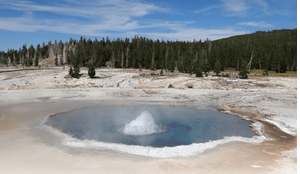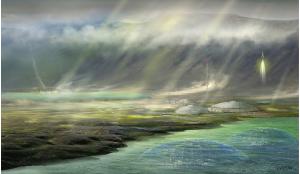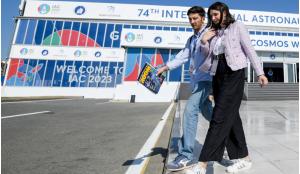Earth observation systems for the most critical institutional needs, including defence intelligence, have historically been dedicated assets predominantly owned and operated by governments or public organisations. Now, the high degree of convergence between defence needs and commercial capacities, together with the NewSpace revolution, is challenging this paradigm and affecting all stakeholders, from established commercial operators to NewSpace actors and nations with new ambitions in space.
Since the launch of Landsat 1 in 1972 and the failed attempt at privatisation of the Landsat programme by EOSAT (Earth Observation Satellite Company), different types of Earth observation (EO) models have been developed and several disruptive events have shaped EO history, bringing significant changes in paradigms.
France’s decision, in 1986, to use a commercial model for the distribution of SPOT (Satellite Pour l’Observation de la Terre) system for distribution of EO imagery was a revolution. Two months after its launch, SPOT 1 was tasked with acquiring the first 10 m images after the explosion of Reactor 4 at the Chernobyl nuclear plant in Ukraine. SPOT 1 demonstrated one of the main benefits of commercial remote sensing for intelligence missions: that it can be shared with anyone. The US newspaper, USA Today called SPOT satellite ‘the ultimate skycam’.
Read more about the history of earth observation systems and the challenges faced by this industry segment today in the full version of the article, available now to our subscribers.














